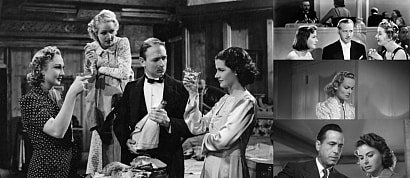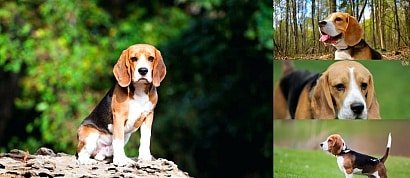A list of my favorite images of degus.
en.wikipedia.org/wiki/Degu
Degus are a group of octodontid rodents in the Octodontidae family. They are placed in 2 genera:
Genus Octodon:
*O. bridgesi, Bridges's degu, found in Argentina and Chile.
*O. degus, the common degu, historically referred to as degu, found in central Chile.
*O. lunatus, the moon-toothed degu, a nocturnal animal found in central Chile.
*O. pacificus, the Mocha Island degu or Pacific degu, a recently discovered species found exclusively on Mocha Island, Chile.
Genus Octodontomys:
*O. gliroides, the mountain degu, found in the foothills of the Andes in Argentina, Bolivia and Chile.
The degu is a small animal with a body length of 25.0 to 31.0 cm (9.8 to 2.2 in) and a weight of 170 to 400 g (6.0 to 14.1 oz). It has yellow-brown fur above and creamy-yellow below, with yellow around the eyes and a paler band around the neck. It has a long, thin tail with a tufted, black tip, dark sparsely furred ears and pale grey toes. Its fifth toe is small with a nail, rather than a claw, on the fore feet. Its hind feet are bristled. Its cheek teeth are shaped like figures-of-eight, hence the degu's genus name Octodon.
Degus are highly social. They live in burrows, and, by digging communally, they are able to construct larger and more elaborate burrows than they could on their own. Degus digging together coordinate their activities, forming digging chains.
Females living in the same group have been shown to spontaneously nest communally; they nurse one another's young.
They spend a large amount of time on the surface, where they forage for food. When foraging, their ability to detect predators is increased in larger groups, and each animal needs to spend less time in vigilance.
Degus exhibit a wide array of communication techniques. They have an elaborate vocal repertoire comprising up to 15 unique sounds and the young need to be able to hear their mother's calls if the emotional systems in their brains are to develop properly.
Degus are strictly herbivorous, in the wild feeding on grasses and browsing the leaves of shrubs, though they will also take seeds. Throughout much of the year forage is dried and so degus are specially adapted to a very high fibre intake, and this varies between food types and environmental conditions.
Added to
People who voted for this also voted for
Champagne Scenes in Movies
Baku- Azerbaijan
Film Diary of 2023
100 of the Most Beautiful Waterfalls in the World
Ring Scenes - Movies
Stairs Scenes II - Movies
Flashlight
Ellen Corby Best Movies
Nelson Eddy & Jeanette MacDonald Movies
alternate pick
Gloria Grahame Best Movies
Felix Bressart Movies
Marjorie Main Partial Filmography
OTOÑO
My Movie Highlights of the 1950s (+Watchlists)
More lists from kathy
Favorite Images of Saiga Antelopes
Favorite Images of Coypus
Favorite Images of Bearded Reedlings
Favorite Images of Teapots
Favorite Images of Prairie Dogs
Favorite Images of Beagles
Favorite Images of Pugs
 Login
Login
































































